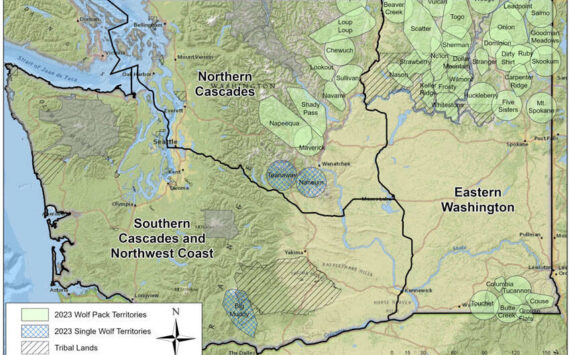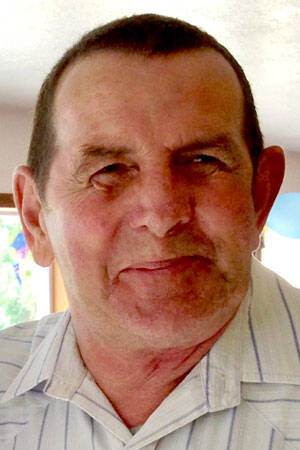(The Center Square) – Earlier this year Washington Gov. Jay Inslee proposed delaying some new transportation projects in order to plug gaps in maintenance and preservation funding. Although his plan was overruled by the state Legislature, those delays might be inevitable if the Legislature can’t find more funding to keep up with rising costs.
“It’s a really challenging time,” Washington State Department of Transportation Director of Construction Chris Christopher told the House Transportation Committee at a Dec. 4 meeting. “We’ve seen some things over the last few years that are not consistent with the way that we have seen life in the past.”
WSDOT is attributing the rising costs to a variety of factors, including rising and volatile material costs, less competition for bids, and labor shortages. WSDOT also has to compete with other public entities such as Sound Transit that are also building transportation projects in the same region. Christopher said that in the greater Puget Sound region “it is really taxing to the resources.”
According to Christopher, a project in 2003 now costs 180% more. “We’ve never seen anything like it. And this is not just here in Washington, this is all around the country.”
The result is significant cost increases compared to what the Legislature has appropriated. For example, a State Route 522 project was given $554 million in the state budget, but the new estimated cost is $775, $254 million higher. A State Route 527 improvement project was appropriated $77 million, but is now expected to cost $98 million.
Additionally, a State Route 520 program has already received $1 billion in appropriations, but WSDOT says it will need even more, to the tune of $683 million.
Assistant Secretary of Urban Mobility and Access and Megaprograms Julie Meredith told the House Transportation Committee that numerous factors have contributed to that. “Like big projects in the state and across the country, the market conditions, the bids exceeded our expectations.” She added that a four-month concrete strike delayed the project and depleted its risk reserve.
She also said that “rising inflation and market volatility exceed our wildest expectations.”
The rising project costs come at a time when WSDOT says maintenance and preservation is also in need of more money, despite record levels of funding for the state agency. WSDOT Deputy Director Amy Scarton recently told the Washington State Transportation Commission the issue isn’t a lack of money, but prioritization by the Legislature to spend it on new transportation projects.
WSDOT also recently updated their estimated price tag for fish barrier removal as part of a federal court order from $4 billion to $7.8 billion, which Rep. Jim Walsh, R-Aberdeen, wrote in a press release statement “pose(s) a threat to an already strained transportation budget, potentially resulting in further delays to essential highway and road maintenance projects across the state.”
In an email to The Center Square, Inslee spokesperson Mike Faulk wrote that “the governor has been warning legislators about this issue for a long time. They passed a budget with a lot of good things – ferries, safety improvements, I-5 bridge replacement, electrification, fish passage barrier removal – but it’s also one that underfunds preservation and maintenance and overpromises projects the state may not be able to deliver. The governor and transportation leaders are continuing to look at how to prioritize projects and ensure that maintenance and preservation is adequately accounted for.”





